A recent survey of homeowners and HVAC contractors found that homeowners expect one to three weeks between quote to new system installation, which largely aligns with what contractors are currently offering.
The survey was conducted in March 2023 by Clear Seas Research, the research unit of BNP Media, parent company of The ACHR NEWS. It’s comprised of 400 homeowner responses, and 104 contractor responses.
Specifically, when asked their expected lead time from quote to new system installation on HVAC equipment, 27% of homeowners surveyed said one week or less, 54% said two to three weeks, 19% said four to five weeks, and 3% said six weeks or more.
Meanwhile, when contractors were asked the same question about new system installation for residential HVAC projects, 38% of those surveyed said one week or less, 45% said two to three weeks, 10% said four to five weeks, and 7% said six weeks or more.
Kyle Gargaro of the ACHR NEWS talks with contractor Nick Scarnecchia. His business guarantees same day service if a customer contacts them by 6 p.m.
Lead Times
Lead times are a tricky thing to predict. They could change on a dime depending on the state of the economy, regulations, supply chain disruptions, and equipment type.
“Lead times have gotten better but are still dependent on supply chains,” said Dave Jones, Go-To-Market Assistant Director at Broan-NuTone. “Shorter chains often mean shorter lead times. Companies based in the U.S., with most of their manufacturing here as well, tend to have much shorter lead times.”
“It’s actually pretty unpredictable,” said Tommy Hale, sales manager, Metro Plumbing, Heating & Air, in Chattanooga, Tennessee, adding that the SEER change of early 2023 also threw a wrench into things.
Lee Bolles, HVAC manager for Lascko Services in Muskegon, Michigan, said lead times for Lascko Services, are much shorter than in the days of COVID.
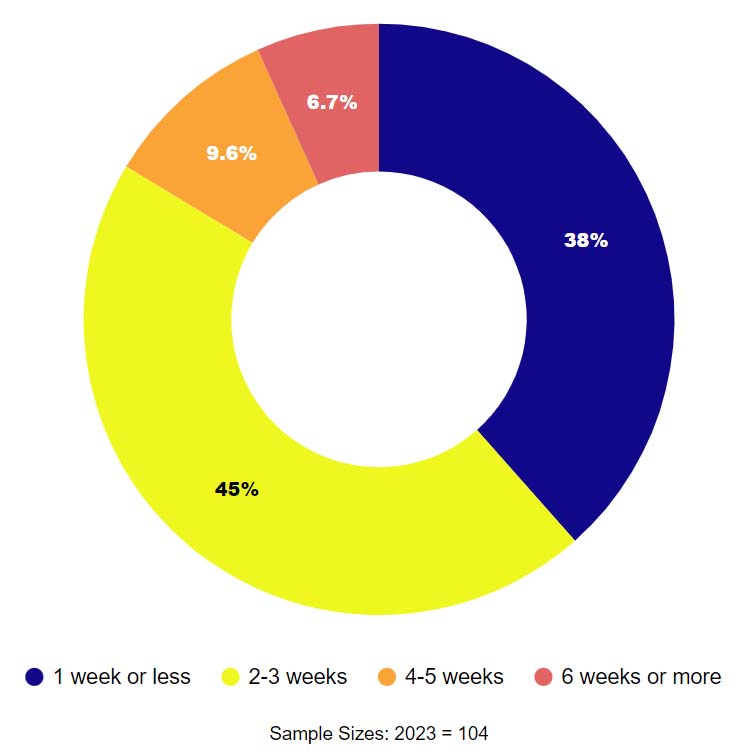
The survey found homeowners expect one to three weeks between quote to new system installation, which aligns with what contractors are currently offering. (Courtesy of Clear Seas Research)
“Typically our equipment will be delivered the day it was purchased or the following,” Bolles said. “Even items like generators are more available now.”
At Atomatic Mechanical Services in Arlington Heights, Illinois, lead time all depends on the type of equipment.
“Roughly 75% of the equipment we sell is in stock currently,” said Jordan Goldenstein, general manager, residential group, Atomatic. “During the pandemic, we were checking inventories almost daily, as supply had dwindled. I feel like a broken record, but everything was so much smoother when we were in constant contact with all parties involved. Some of the more rare equipment did have some extended lead times. These systems were extended approximately four to five weeks during pandemic, but those numbers have come back down similarly to what they were prior to 2020.”
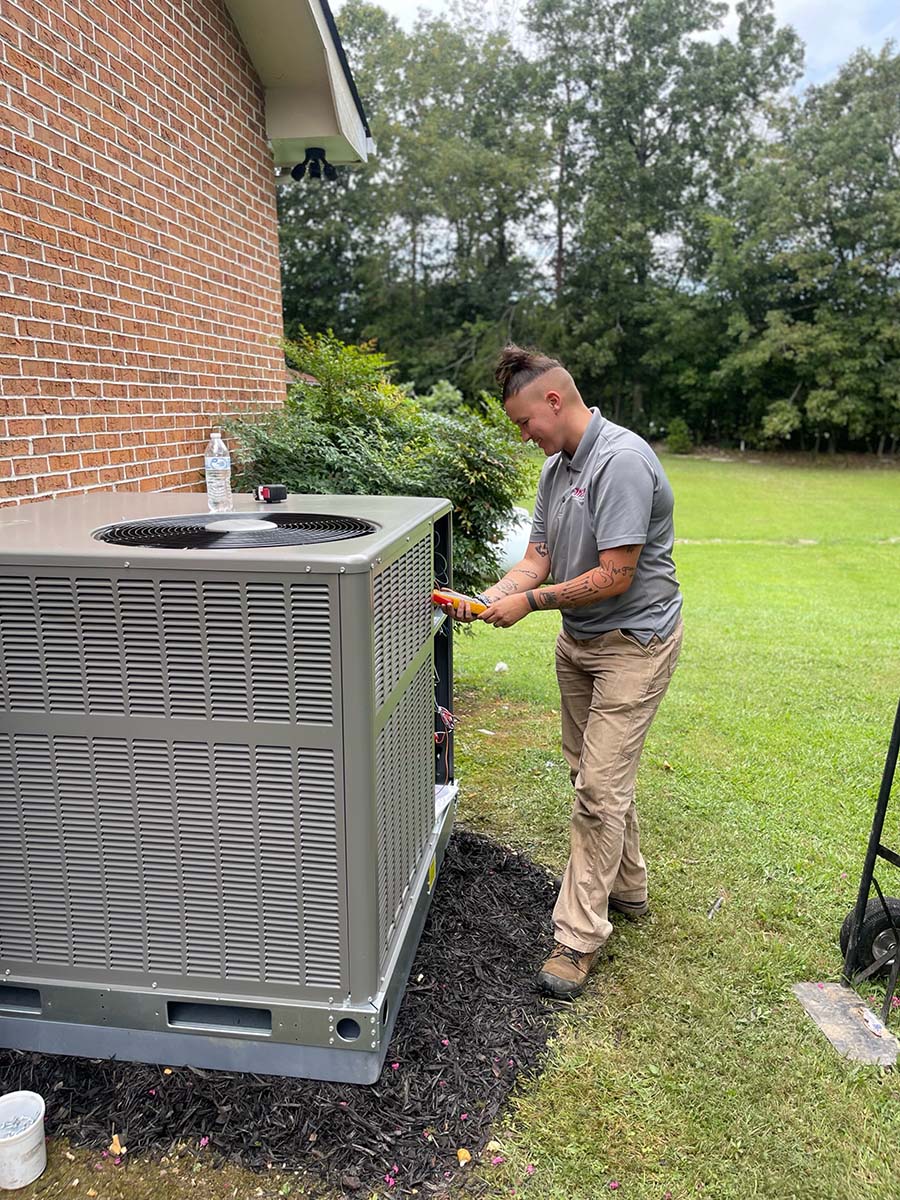
Partnering with more than one vendor is one way to better manage customers’ lead time expectations. (Courtesy of Metro Plubming, Heating & Air)
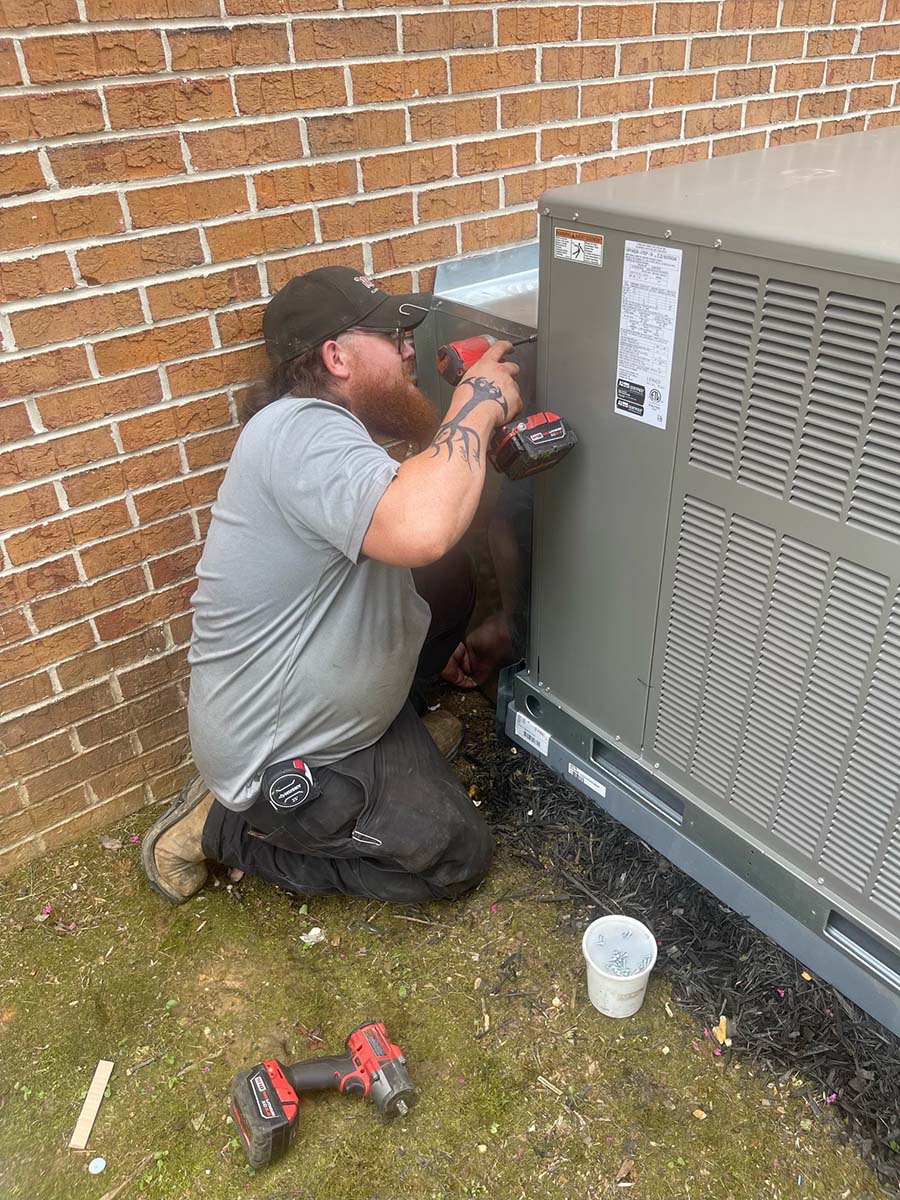
With the unpredictability of lead times, managing customer expectations becomes that much more important. (Courtesy of Metro Plubming, Heating & Air)
Managing Customer Expectations
sales manager
Metro Plumbing, Heating & Air
With the unpredictability of lead times, managing customer expectations becomes that much more important. What once used to be the lead time might not be anymore, so for contractors to better manager customer expectations, they may have to work to merge their customers’ expectations with what they can actually deliver.
First and foremost, Goldenstein said, contractors need to make certain they are maintaining a good, trusted relationship with the vendors they use. If a contractor doesn’t trust what the vendor says, how can they expect their customer to?
In addition, contractors need to be transparent and honest.
“As contractors, we should always be transparent,” said Bolles. Lascko strives to complete jobs in one to two days, and the company reviews with customers what time they will start and what time they will conclude.
“If the project is two days or more, we will continue the project until conclusion with the same structure,” Bolles said.
Aiding the customer experience early on in this process through open lines of communication is one way to hone in on that transparency.
“We strive to let our clients know exactly what to expect with lead times for equipment,” Goldenstein said. “In our experience, this isn’t a deal breaker, because if we cannot get equipment faster, then nobody else can either. By knowing the most common equipment that our clients are seeking, we can get them accurate information regarding the lead times. In addition, we have proactively touched base with a majority of our clients that have equipment with longer lead times.”
Metro Plumbing helps manage customer expectations through its two different sets of leads: tech generating and marketing.
Within the first 20 minutes of a sales call, Hale said, and following the company’s established sales process which includes a visual aid, technicians are already talking with the customers about what the installation date is looking like. This can help drive the conversation towards when the customer wants or is expecting the installation to happen.
“So we have a chance to put them at ease, or go ahead and start figuring out what we could put in next day … and then as we continue on through our process, before we go present options to the customer, that's typically when we make that phone call to verify in-stock availability, because I want to be able to go in there and present an option to a customer, knowing that this is when we can do this,” Hale said.
Delivering Expectations
After a contractor manages the customer’s expectations, the next step is to actually deliver the products/service when the customer expects it. And inventory management is one way in which a contractor can achieve this.
“Being in contact with your vendor, making sure that you're doing some touch points throughout the week to check what they have currently, when they have more stuff coming in — staying in that constant communication with them, so that we can try to try to eliminate as much as the unpredictability of it all,” Hale said.
While most companies may lean towards one vendor, Metro Plumbing has access to a couple of different trusted vendors.
“So we're not just installing one brand of equipment, to help our customers get the best soonest availability,” said Hale. “We've just got a good relationship with both of the brand names that we're putting in, and I think it's less about working to our advantage and more about working to the customer’s advantage.”
Partnering with more than one vendor is “COVID-induced,” Hale said. “We want to do the install as quick as we possibly can, and I assume every single customer wants it done as quickly as possible. So it's really our job as salespeople to make sure that we're delivering as quick a turnaround as possible.”
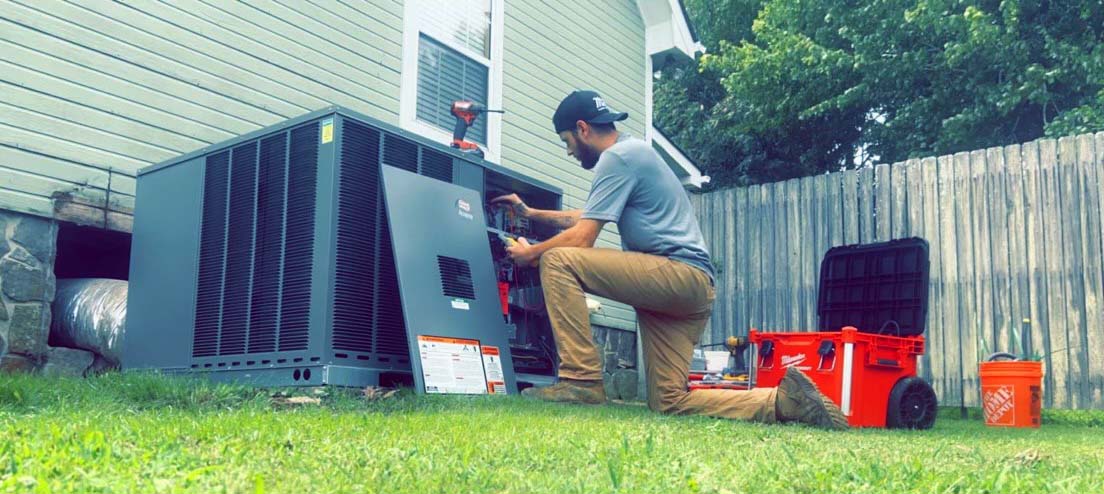
Communication and transparency are key when managing customers’ lead time expectations. (Courtesy of Metro Plubming, Heating & Air)
Contractors may have to introduce more sources of products and provide the customer with different options.
“Our option range is about four to six options, whether it be efficiency ratings, and then also mixing in a couple of different brands that are available,” Hale said. “Just give great options and check in with your suppliers, and know what's happening.”
In this same vein, Bolles said contractors have to always be looking at what’s available.
“Work with your suppliers on deals and bundles,” said Bolles. “With the power of buying and marketing, you can create your own prices and succeed. We currently are in the process of developing our own software to further push this.”
Lead time expectations may change after a contractor has already shared them with a customer. In this case, communication, honesty, and transparency come into play again.
“The best thing to do is have constant communication, both with clients and vendors,” said Goldenstein. “Clients do not like being in limbo, and the more we stay in touch with our vendors, the quicker we get information back regarding lead times.”
If and when that bad news comes, communicate them to the client, Goldenstein said.
“If we keep clients informed and empathize with them, we have found that it actually strengthens the relationship.”
general manager, residential group
Atomatic Mechanical Services
Future Leads
In today’s environment, predicting the future of lead times just isn’t a possibility. But by studying current and past lead times and the surrounding factors, the HVAC industry can plan ahead to handle the unpredictability.
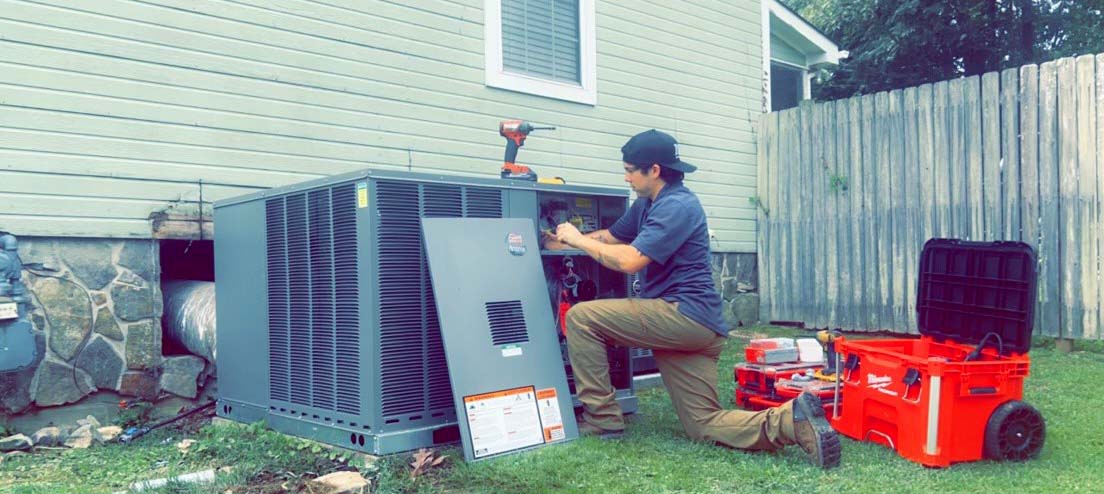
Metro Plumbing helps manage customer expectations through its two different sets of leads: tech generating and marketing. (Courtesy of Metro Plubming, Heating & Air)
Hale predicts lead times over the next few years will be about the same as they currently are, if not longer.
Bolles agrees.
“With the changes to refrigeration, EPA guidelines, codes, and many other modifications to the trades, I do forecast delays and inventory struggles — especially with the electrification of America,” Bolles said.
Goldenstein predicts lead times to remain similar to what they currently are but hopes the HVAC industry move forward better prepared to handle them.
“I hope most vendors have learned from the pandemic and have put plans in place for these catastrophes,” Goldenstein said. “In our world, sense of urgency is huge, and the best ability is availability.”
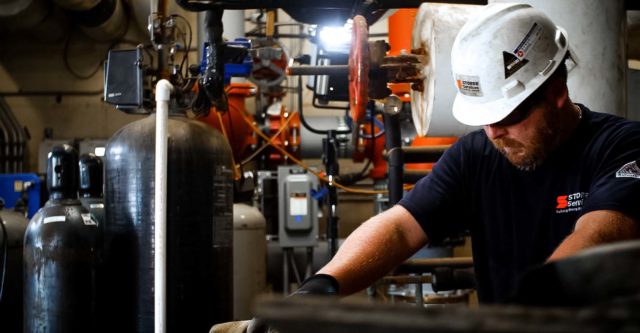






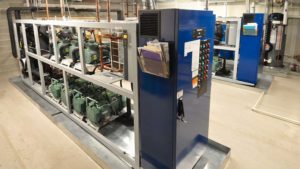

Report Abusive Comment